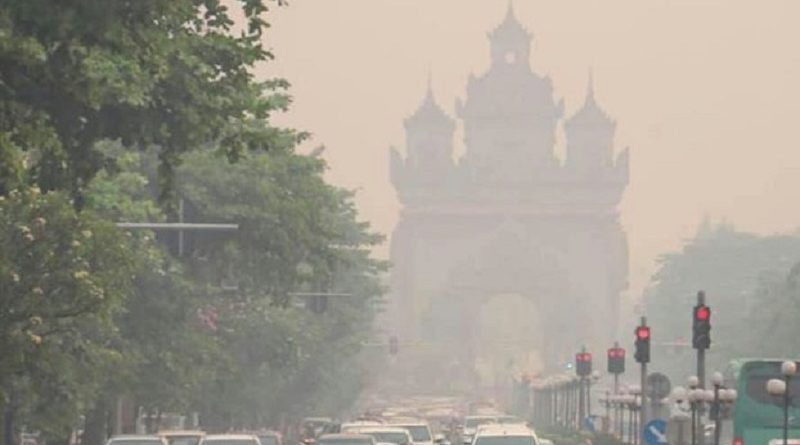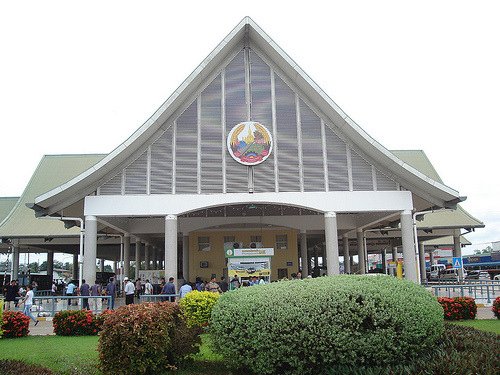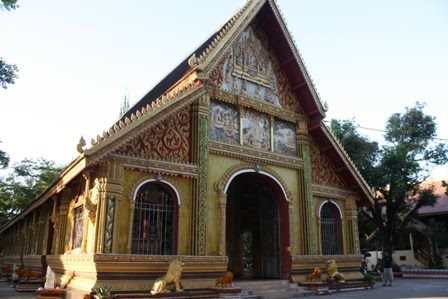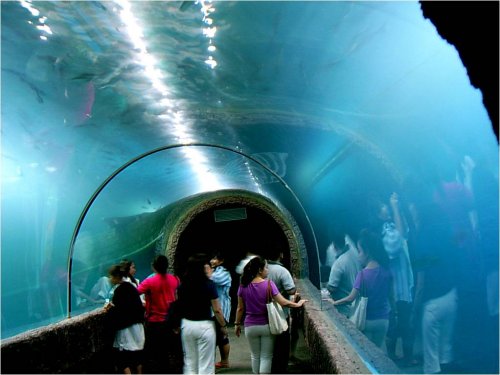Dirty Air in Laos and Thailand Affecting Tourism
Source: Nikkei Asia
Air pollution, mostly from forest fires and slash-and-burn farming, continues to plague Southeast Asia, with PM2.5 particulate concentrations among the highest in the world in some areas.
The region’s noxious air is damaging people’s respiratory health and casts a pall, literally and figuratively, over the economically vital tourism industry, which is struggling to bounce back from the COVID-19 pandemic.
The sky over the Laotian capital of Vientiane was enveloped in a brown haze on Thursday last week. Neighboring Thailand, which is normally visible across the Mekong River, was similarly enshrouded. “I have never felt so much difficulty breathing as today,” Phet, a 38-year-old interpreter working in the capital, told Nikkei Asia.

The pollution has been worsening in Laos since late January. On Thursday, the air quality index (AQI) in the country reached 471. A reading above 300 is considered dangerous, conditions in which, according to The World AirQuality Project, “everyone should avoid all outdoor exertion.” People in Vientiane wear face masks, not out of fear of catching COVID but to try to avoid breathing in the worst of the smog.
The pollution in northern Thailand, near Laos, is even worse. The AQI has remained above 300 for two straight weeks in Chiang Mai, starting on March 25, with no sign of a letup. Local authorities last week called on public offices and private businesses to let people work from home in hopes of reducing traffic and clearing the air.
Air pollution typically worsens between November and February, when the weather is drier, and often lingers through April. Farmers have a habit of clearing their sugar cane fields by setting them alight, instead of plowing them. Add in auto exhaust fumes and this year’s forest fires, and you have a recipe for unhealthy air.
Thailand’s Geo-Informatics and Space Technology Development Agency said there were 5,572 “hot spots” where fields were ablaze in late March, the highest number in five years. Laos recorded 9,652 hot spots and Myanmar 10,563, with both countries trending higher. Experts say countries in the region need to work together to tackle the problem.
Air pollution spills across borders. In 2019, a large forest fire broke out on the islands of Borneo and Sumatra in Indonesia. Smoke from the fires affected Malaysia and Singapore, forcing school closures and causing other disruptions. The economic impact was estimated at more than $5 billion.
The Association of Southeast Asian Nations in late March called for urgent action on air pollution, saying member countries were ready to coordinate their efforts to resolve the problem.
In Thailand, smog is damaging people’s health. From January to mid-March, more than 1.7 million people reported respiratory problems, inflammation of the skin, or burning eyes.
Researchers at Thailand’s Kasetsart University estimated the cost of PM2.5 pollution in the country at about 2 trillion baht ($58.3 billion), more than 10% of the country’s gross domestic product. Unless effective steps are taken, the toll on both the economy and public health will mount.
Now the region’s chronic smog is threatening its key tourism industry. Northern Thailand and Laos are popular with overseas travelers. The cities of Chiang Mai and Chiang Rai, both in Thailand, are big draws, as is Luang Prabang in Laos, which is registered as a UNESCO World Heritage Site. But the dirty air threatens to drive people away from the area, which is just beginning to bounce back after years of pandemic lockdowns and tourism doldrums.




